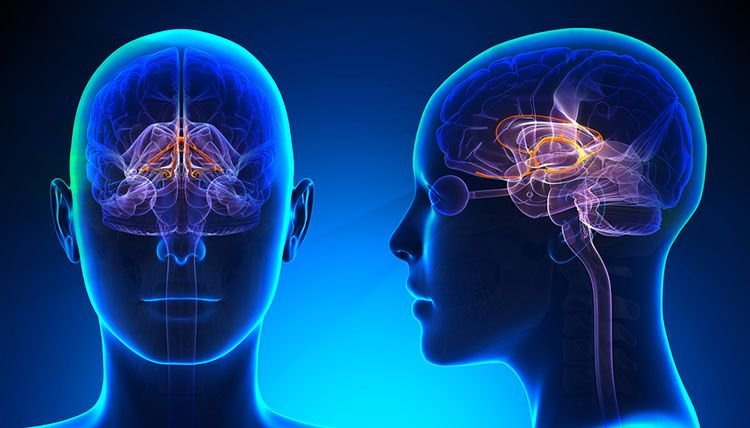What is brain tumor, causes and how to diagnose it

A brain tumor is an abnormal development of cells that come from brain components, called primary tumors, or that can start with the presence of cancer in other parts of the body and spread to the brain: secondary or metastatic brain tumors. Some brain tumors are benign and others are cancerous or malignant.

Brain tumors account for up to 20% of all childhood cancers. In children, 70% of primary tumors originate in the posterior fossa, while in adults this proportion corresponds to supra-tentorial ones.
In adults there is a similar incidence of primary and metastatic tumors. Malignant primary brain tumors are among the most difficult cancers to treat, with a 5-year survival of no more than 35%. 85-90% of primary central nervous system (CNS) tumors are found in the brain.
Table of Contents
Causes of tumors in the Central Nervous System.
The World Health Organization (WHO), described in 2016 the most complete and updated classification system for CNS tumors to date. This classification system classifies CNS tumors not only according to histological type, but also according to molecular markers of cytodifferentiation.
The classification proposes elementary demographic characteristics such as age and genomic and cytodifferentiation aspects, but also includes therapeutic aspects such as response to treatment and survival.
This new proposal aims to group patients based on the different subtypes of glioblastomas and constitutes an important step towards the development of individualized treatments, which aims at the defined genetic alterations of each tumor. They are classified into:
- Diffuse astrocytic and oligo-dendro-glial tumors.
- Ependymal tumors.
- Pineal region tumors.
- Embryonic tumors.
- Tumors of the cranial and paraspinal nerves.
- Meningiomas.
- Lymphomas.
- Germ cell tumors.
- Sellar region tumors.
- Metastatic tumors.
How to diagnose it?
The following are the different types of tests and methods for diagnosing the tumor.
Physical and neurological examination.
The initial symptoms of brain tumors are fickle. The brain tumor can appear in any part of the brain, so it can give symptoms that depend on its anatomical location. It is for this reason that they are sometimes so difficult to diagnose.
Symptoms can be classified into two types:
- Focal symptoms, due to the pressure and destruction generated by the tumor in a structure of the brain and which are manifested through epileptic seizures and neurological deficits.
- General symptoms, which are produced by increased pressure inside the head. This manifest themselves through intracranial hypertension, headache, nausea, and vomiting.
Imaging Studies.
Imaging techniques represent a primary and complementary tool that allows determining the location of the tumor, its appearance, the number of lesions, size and affected areas. They also detect possible complications associated with the tumor, such as the presence of bleeding.
The CT (Computed Axial Tomography) is a very fast X-ray-based test that is used in screening, it is generally the first test carried out in a patient with a suspected brain tumor.
Nuclear magnetic resonance uses a system that works by applying a powerful magnetic field. The duration is longer than the TAC.
Magnetic resonance spectrography is a test that allows analysis of brain metabolism in vivo and provides non-invasive biochemical information on tissues.
Dynamic resonance allows us to determine if a new vascularization is being generated for the tumor.
Single photon emission computed tomography (SPECT) is very useful to differentiate benign tumors from malignant ones and to predict the histological grade of tumors to select the area for biopsy. It has also been used to differentiate low-grade and high-grade gliomas.
Positron emission tomography. Positron emission tomography (PET) with fluorodeoxyglucose (FDG) is used to detect malignant tumors with high metabolic rates, since it captures a greater amount of glucose.
This can help the neurosurgeon to locate the areas of the brain with more aggressive biological behavior, and allows to locate functional areas before surgery or radiation. Furthermore, PET is useful in determining whether a patient may benefit more from radiation therapy or chemotherapy.
Biopsy.
The biopsy is essential and necessary to make the diagnosis. It is the only test that allows microscopic analysis of a tumor sample to confirm the definitive diagnosis, which is essential to plan the appropriate treatment.